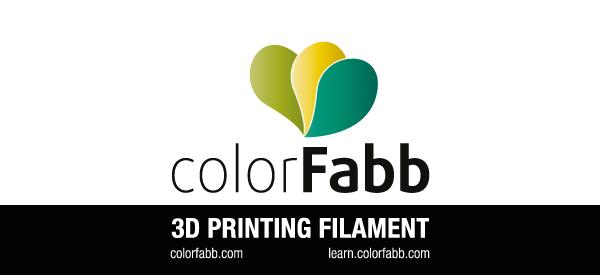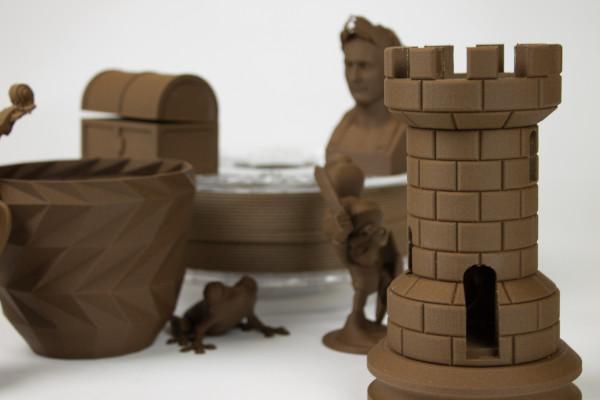 As October approaches, the weather turns crisper and cooler and we all feel a little better as the sweat and humidity of summer falls away. Many of us begin shopping for pumpkins, dreaming up costumes, and are even already forced to think even about Christmas trees, thanks to retailers with an increasingly earlier agenda. But nothing is more pleasant than watching the leaves begin to change, with the smell of fresh air, autumn, and many of us beginning to light fires in the evenings.
As October approaches, the weather turns crisper and cooler and we all feel a little better as the sweat and humidity of summer falls away. Many of us begin shopping for pumpkins, dreaming up costumes, and are even already forced to think even about Christmas trees, thanks to retailers with an increasingly earlier agenda. But nothing is more pleasant than watching the leaves begin to change, with the smell of fresh air, autumn, and many of us beginning to light fires in the evenings.
This is also a pleasant time of year over at ColorFabb, where normally the smell of wood filament might be filling their headquarters as they roll out a new product every year at this time–this fall, however, they are surprising us with a new material: cork.
Encouraging everyone to pop the champagne, ColorFabb, headquartered in the Netherlands, is enjoying switching things up this year, and the team feels sure that this will be a big hit as a follow-up act to their 2013 release of woodFill and their 2014 release of bambooFill.
Meant for the hobbyist engaged in making innovative and fun 3D prints like figurines, household items, and as far as the imagination can reach, corkFill is a natural and lightweight material that offers great flexibility in creating. It also boasts a deep and rich brown color that ColorFabb states will complement both woodFill and bambooFill.
The new 3D printing filament is sourced by ColorFabb and compounded with their unique PLA/PHA by FKuR in Germany, also responsible for assisting in the making of woodFill and bambooFill.
Settings used so far in the test lab for corkFill:
- Advised 3D printing temperature: 210-230° C
- Advised 3D print speed: 40-60 mm/s
- Advised Heated bed (if you have one, not absolutely necessary) – 50-60° C
 For stronger prints and better reliability, the ColorFabb team recommends that you increase flow rate at about 4 -10%. They’ve released several of their tests on Thingiverse, to include:
For stronger prints and better reliability, the ColorFabb team recommends that you increase flow rate at about 4 -10%. They’ve released several of their tests on Thingiverse, to include:
The Rook – made on a Makerbot Replicator 2 at 225° C / 0.2mm layerheight / 50 mm/s
The Twisted Flower Pot – made on an Ultimaker 2 at 230° C / 0.2mm layerheight / 50mm/s
Small Hinged Treasure Chest – made on the Dremel at 220° C / 0.2mm layerheight / 50mm/s
ColorFabb will be showing off their new cork filament at the TCT show in Birmingham, UK September 30th and October 1st. They invite you to stop by and check out a sample, as well as seeing it in action on the 3D printer. corkFill is already available for pre-ordering, at €39.95 per spool, and ColorFabb will be ready to start shipping it out to their customers before the end of next week.
Let us know if you’ve tested out this filament. Discuss in the CorkFill forum thread on 3DPB.com.
Subscribe to Our Email Newsletter
Stay up-to-date on all the latest news from the 3D printing industry and receive information and offers from third party vendors.
Print Services
Upload your 3D Models and get them printed quickly and efficiently.
You May Also Like
Reinventing Reindustrialization: Why NAVWAR Project Manager Spencer Koroly Invented a Made-in-America 3D Printer
It has become virtually impossible to regularly follow additive manufacturing (AM) industry news and not stumble across the term “defense industrial base” (DIB), a concept encompassing all the many diverse...
Inside The Barnes Global Advisors’ Vision for a Stronger AM Ecosystem
As additive manufacturing (AM) continues to revolutionize the industrial landscape, Pittsburgh-based consultancy The Barnes Global Advisors (TBGA) is helping shape what that future looks like. As the largest independent AM...
Ruggedized: How USMC Innovation Officer Matt Pine Navigates 3D Printing in the Military
Disclaimer: Matt Pine’s views are not the views of the Department of Defense nor the U.S. Marine Corps Throughout this decade thus far, the military’s adoption of additive manufacturing (AM)...
U.S. Congress Calls Out 3D Printing in Proposal for Commercial Reserve Manufacturing Network
Last week, the U.S. House of Representatives’ Appropriations Committee moved the FY 2026 defense bill forward to the House floor. Included in the legislation is a $131 million proposal for...

































